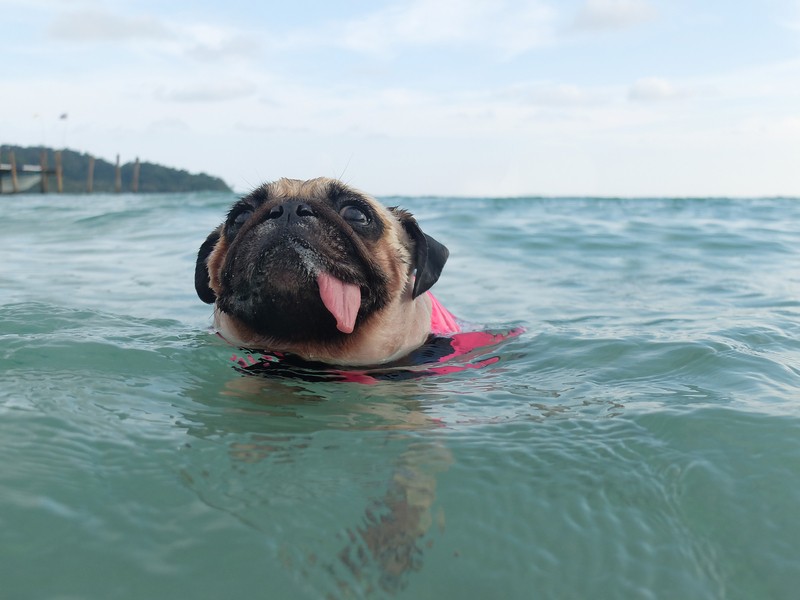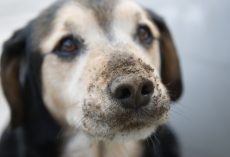Copper and other animals that have died like him may not have left us in vain. The following is an expert report about the blue-green algae and its legacy.
A Rise in Animal Illnesses:
The Minnesota Pollution Control Agency started tracking dog deaths related to suspected blue-green algae poisoning about a decade ago. After splashing along the shore of Lake of the Woods in August 2015, a 4-year-old springer spaniel named Layla became the 18th dog on the list, according to Minnesota Public Radio News.
Jack Lundbohm, Layla's owner, told MPRN that the water turns green on the lake nearly every summer. But he didn't start seeing the unmistakable crud of cyanobacteria until recently.
“The blue-green algae is a totally different beast,” he said. “When it blooms, it's an awful sight. It floats in the water like a big raft. It's almost metallic blue and green in color, and when you drive through with your boat, it has a very strong metallic odor that you just have to wish you'd never smelled before.”
A 2013 study uncovered 368 cases of dogs that either died or became sick from blue-green algae in the U.S. between the late 1920s and 2012. Cases were reported sporadically, according to the study, until the mid-'70s when cases occurred “almost yearly.”
The rise in cases could be because reporting agencies started paying more attention or it could be because instances of cyanobacteria toxicity have indeed increased. Or both.
More recently, between 2007 and 2011, 13 states reported 67 confirmed or suspected cases of dog illnesses associated with blue-green algae; more than half of the cases were fatal.
The report further detailed how the dogs were exposed, including inhalation, ingestion, skin contact, and ingestion. Sadly 24 percent on the findings came up “unknown”.
For more information go to Mother Nature Network.
The best way to keep your dog safe is if ever you see a lake, pond or even a fountain with a high concentration of the algae, keep you and your pups away!











WesleyLee Poindexter
- Edit
Good to know. Thanks